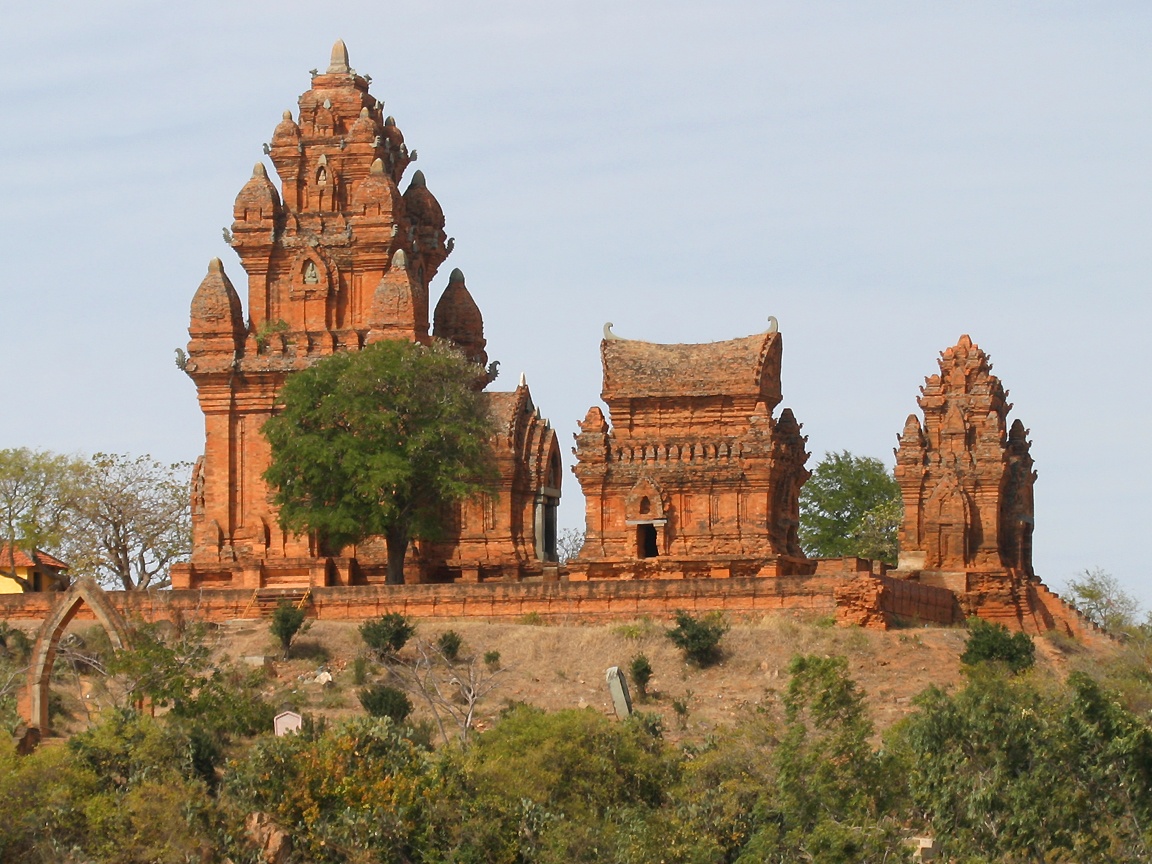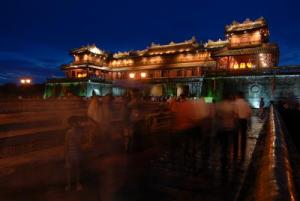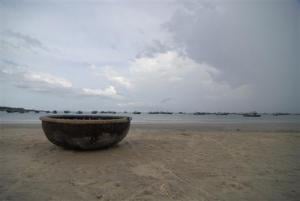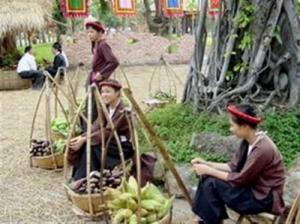Po Klong Garai Cham Towers: A Story of Sacrifice, Hope and Strength

Built at the end of the 13th century during the rule of Jaya Simhavarman III, the monarch of Cham, Po Klong Garai Cham Towers is the most popular landmark in Phan Rang and Thap Cham. The place is also known as Po Klong Girai, girai which means dragon.
Po Klong Garai is located several hundred meters North of Highway 20 and 6 kilometers West of Phan Rang (towards Dalat). The towers themselves can be seen on the opposite side of the tracks of Thap Cham train station. Tourists travelling between Dalat and Nha Trang or Mui Ne Beach can see the structure along the way. Most buses shuttling between Dalat and the coast also make a stop at the site.
Po Klong Garai is a four-brick tower built as Hindu temples. They stand on a brick platform on top of Cho'k Hala, an unstable granite hill covered with especially prickly cacti, considered one of the most in Rio Grande.
The biggest tower is called the “kalan” or sanctuary. Its entrance is designed with a carving of a six-armed dancing Shiva. It has a bas-relief known for its beauty, named Po Klaun Tri among the locals, which means the Guardian of the Temple Tower. The doorposts have ancient Cham inscriptions which tell the story of the restoration process of the towers through the years and most importantly, of the offerings, sacrifices, and slaves involved in the construction and rehabilitation of Po Klong Garai.
The sanctuary has a vestibule with a statue of the bull Nandin inside. Also known as the Kapil Ox, this bull is considered as the symbol of the agricultural productivity of the countryside. Farmers would traditionally place an offering of fresh greens, herbs and acena nuts in front of the statue's muzzle as a prayer asking for a good harvest.
Below the main tower of Po Klong Garai is a mukha-linga with the painting of a human face and a wooden pyramid built above it. The tower has visible wooden columns which support the lightweight roof. A rock with an inscription from the year 1050 can be seen from a nearby hill. It commemorates the construction of a linga by a Cham prince.
A concrete water tank built by the Americans in 1965 is located on a hill in the South of Cho'k Hala. The tank is surrounded by French pillboxes built in turn during the Franco-Viet Minn War with the purpose of protecting the nearby rail yards. In the North are concrete revetments of Thanh Son Airbase which were used by the Vietnamese Air Force in 1975.
Cham's complex building technology can be seen in the whole of Po Klong Garai Cham Towers which makes it an interesting tourist destination.









